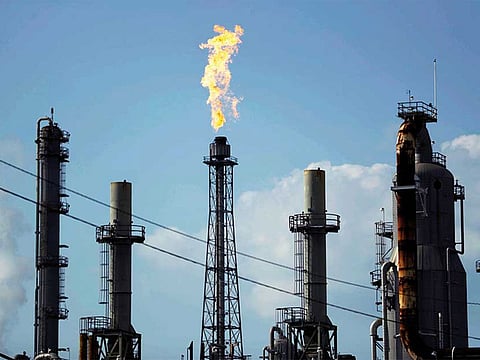Brent oil slides 3.37% on Iran-Israel ceasefire hopes
Calm emerges in energy markets after US claims Iran–Israel ceasefire deal

Brent crude oil fell sharply, dropping 3.37% to $69.07 per barrel at about 6 GMT on Tuesday (June 24), following a US announcement of a potential ceasefire between Iran and Israel.
WTI was down 3.35% to $66.09 per barrel.
Brent’s slide reflects swift market recalibration following the Iran-Israel ceasefire news.
A prolonged conflict would have had a devastating knock-on effect on food prices across the globe.
What’s driving the price drop?
The Brent’s sharp decline came after President Trump stated that Iran and Israel had agreed to a “complete and total” ceasefire, easing fears of disruption to oil flows — particularly through the vital Strait of Hormuz, a key artery for global crude shipments.
Traders and analysts respond
Tony Sycamore, market analyst at IG, observed that the ceasefire “all but evaporated” the risk premium that had been embedded in oil prices.
Priyanka Sachdeva, senior market analyst at Phillip Nova, remarked: “If the ceasefire is followed as announced, investors might expect the return to normalcy in oil”.
Chris Weston, head of research at Pepperstone, told Reuters that with easing conflict, market sentiment had re-priced the risk “with Trump having lent a hand in brokering a peaceful resolution”.
Industry reports
According to Rystad Energy, markets were relieved that Iran’s limited response didn’t target the Hormuz strait, signaling “a possible desire…to de-escalate”, as per Business Insider.
A piece in AInvest highlighted that any credible ceasefire would likely trigger unwinding of geopolitical risk premiums embedded in futures.
What’s next for oil markets?
The outlook hinges on whether the ceasefire holds and Iran refrains from attacking oil-export routes.
Any renewed threats to the Strait of Hormuz could quickly reverse this drop. For now, analysts expect stabilisation near pre‑conflict price levels, barring fresh escalation, AP reported.
Traders are now watching closely to see if the calm sticks — because if it doesn’t, oil prices could bounce right back into volatility territory.
Sign up for the Daily Briefing
Get the latest news and updates straight to your inbox


